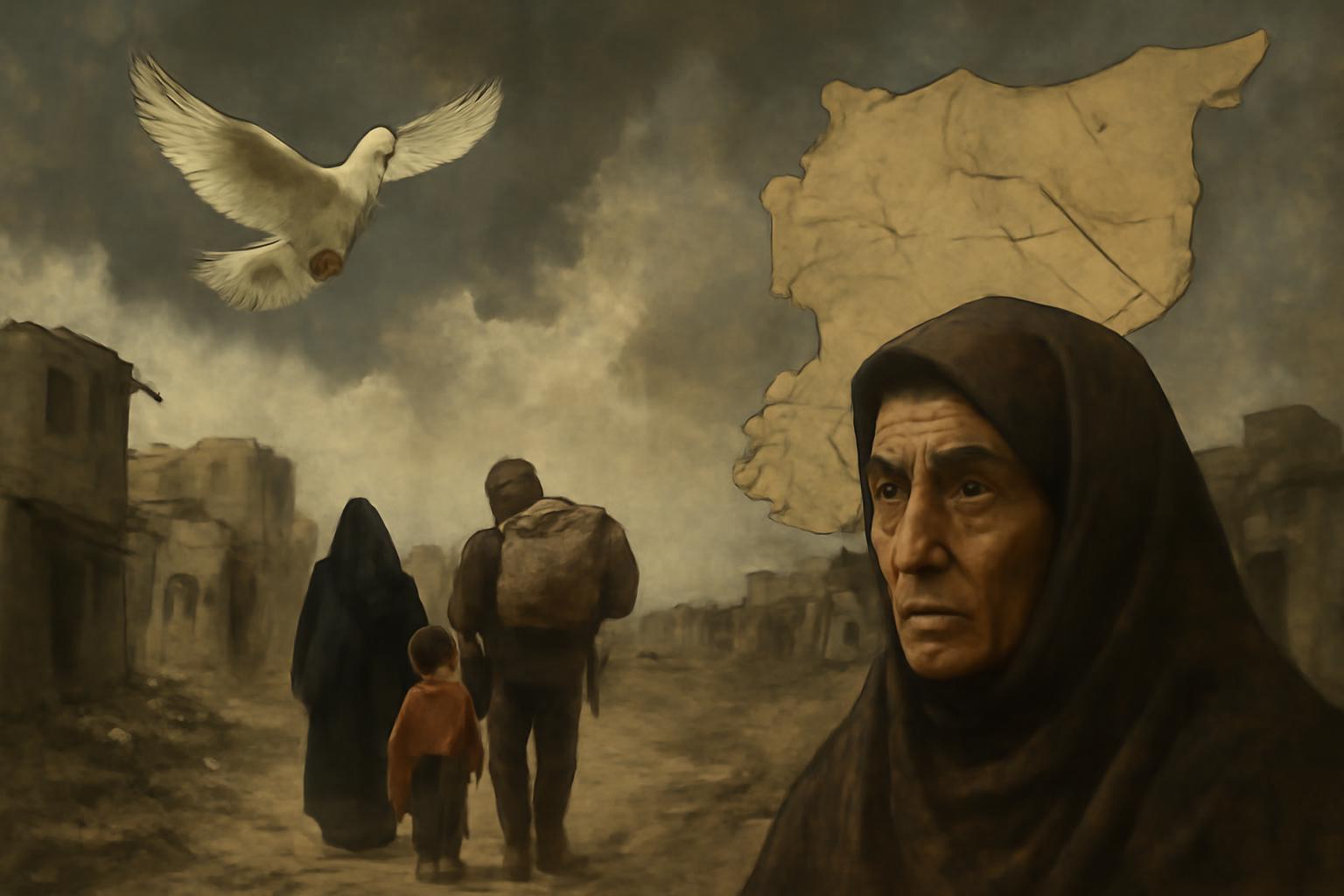Weeks of fierce fighting in southern Syria have given way to a fragile ceasefire, but fear and displacement linger as many cannot return home. In Damascus, Shadi, a Druze man, speaks of insecurity that keeps him indoors and makes sending his daughter out feel reckless, while his wife Dima recalls Suweida’s devastation: a house burned, a brother left homeless after July clashes between Druze militias and Sunni Bedouins. Civilians report brutal abuses on all sides; the regime claims to intervene, yet some Druze accuse it of collusion with Islamist groups. The Druze’s ties to Israel leave them branded as traitors by many Syrians. Bedouins who fled fear further violence and take shelter in a school north of Suwaida; there are stories of a four-day-old Umm Semous fleeing with her mother, traumatized children, and a wounded teenage girl named Inas. Officials speak of a terrorist attack in June, and the broader destruction erodes trust between groups. Christians lament a church attack near Damascus and consider leaving; Reem’s family has a sister in Germany, making a future outside Syria seem urgent. With the Kurds, the Druze call for a federal Syria with equal rights for minorities, and all cling to a faint hope for a peaceful future.
How perfectly melodramatic the scene is: a ceasefire declared as if suddenly the universe would stop teaching its brutal lessons, a pause that merely conceals the grinding reality beneath. The displaced drift through the cities like extras in a tragedy they did not audition for, while the powerful pretend a map can redraw humanity’s fear and memory into a neat, negotiable specimen. The regime performs restraint—and, one suspects, convenience—while the real work remains undone: the institutions that should keep people safe have long since abdicated in favor of control, patronage, and the optics of order. The discourse about loyalties—Druze with perceived links abroad, Christians contemplating new lives beyond these borders, Bedouins with grievances—plays out as if loyalty were a commodity, and the price is never paid by those who pretend to govern. Federalism is offered as remedy, a stylish label for what is really a desperate bid to appease competing nerves and buy time. And so the tragedy continues, not because there is no hope, but because the architecture of leadership treats hope as a luxury, not a mandate. If there is any virtue left in this cauldron, it is surely that the notion of a diverse, inclusive state persists as a dream for those who can still imagine a life beyond walls and checkpoints; for the rest, it is a reminder that the first duty of rulers is to provide real protection, not glamorous abstractions, and that until that duty is honored, the fragile calm will always be a fragile illusion.
